Tagging Equipment Essentials: Readers, Implanters, Needles, and Preloaded Tools
Behind every successful fish tagging project lies one simple truth: reliable equipment. When your tools work well, your data does too. Quality tagging gear doesn’t just make your work easier; it protects fish, ensures cleaner PIT tag placement, and makes every reading count. Whether you’re tracking salmon in a river or collecting growth data in a hatchery, reliable instruments keep your work accurate and humane.
Let’s take a closer look at the essentials: readers, implanters, needles, and preloaded tools, the quiet heroes behind efficient and ethical fish tagging.
Fish Tag Readers: The Heartbeat of Data Collection
If tagging is the language of fish research, readers are the translators. They detect and record the unique ID stored in PIT tags or RFID tags, converting it into useful data that researchers can apply instantly. Without readers, there’s no connection between the tag and the valuable insights it provides.
There are two main types of readers: handheld and stationary. Handheld readers are portable and perfect for fieldwork in rivers, lakes, and streams. Stationary readers, on the other hand, are used at fixed points like hatchery tanks, migration barriers, or fish ladders, where they continuously collect data.
When choosing a reader, focus on sensitivity, speed, and durability. You need a device that reads tags quickly, performs accurately, and withstands wet or rugged conditions. Modern tools like the R8BT reader deliver fast scans even in murky or fast-flowing water. In practice, this means less fish handling, more reliable data, and smoother field operations.
Implanters: Precision in Every PIT Tag Placement
The implanter is the bridge between technology and living tissue. This is the tool that gently places the PIT tag into the fish. Its design affects tagging accuracy, efficiency, and fish welfare.
When selecting an implanter, look for:
- An ergonomic grip for comfort during long tagging sessions
- A durable frame that resists corrosion and frequent use
- Compatibility with the tag sizes you use most often
Plastic implanters are lightweight and easy to handle, ideal for small tagging projects or educational purposes. Metal implanters, however, offer greater precision and longevity, making them suitable for large-scale or professional tagging.
A reliable implanter, designed for 9–12mm tags, ensures consistent placement and control. Above all, maintain proper sterilization before and after each use to protect both the fish and your data accuracy.
Needles: The Unsung Heroes of Precision Tagging
Needles are often overlooked but play a vital role in ensuring clean and humane tagging. A sharp, sterile needle allows for a smooth insertion, reducing stress and preventing tissue damage.
The needle gauge must match the tag size; for example, a 12-gauge needle is typically used for 9–12mm PIT tags. The material also matters: surgical-grade stainless steel or similar durable metals resist corrosion and hold their sharpness even in wet conditions.
Always use sharp, sterile needles and replace them as soon as they dull or bend. These small habits ensure both better tag retention and the well-being of the fish.
Preloaded Tools and Sterile Tag Kits: Efficiency Meets Hygiene
When time, precision, and cleanliness are priorities, preloaded tools bring reliability and speed to every tagging session. These applicators come ready to use, each with a PIT tag already loaded into a new needle, minimizing setup time and ensuring consistent results.
Preloaded Sterile Tags
Preloaded sterile tag kits are designed for environments that demand the highest standards of hygiene and control, such as laboratory-based or regulated research settings. Each tag and needle set is sterilized and sealed to maintain cleanliness. This means they maintain a high level of sterility suitable for research use, without the need for separate preparation or handling before tagging.
EcoSaver Trays
For those who don’t require a sterile preloaded setup, there’s also a more economical alternative: the EcoSaver Trays. These trays provide the same benefit of a preloaded tag and a fresh new needle with each tag, ensuring hygiene and precision without the added sterile packaging. They’re ideal for hatcheries, field tagging projects, or large-scale studies where efficiency, consistency, and cost-effectiveness are top priorities.
Compatibility with IM2-style Implanters
Both the sterile preloaded kits and EcoSaver Trays are compatible with IM2-style implanters, offering flexibility for different tagging environments. Whether you’re conducting detailed lab studies or managing high-volume field operations, these tools simplify the tagging process, reduce handling time, and maintain the welfare of every fish tagged.
The result is a streamlined, dependable workflow, where every tag placement supports accuracy, efficiency, and ethical research standards.
Starter Kits for Beginners: Empowering Citizen Scientists
Research doesn’t always start in big labs; sometimes, it begins in a backyard pond. Citizen Scientist kits make fish tagging accessible for hobbyists, educators, and small-scale researchers.
A typical starter kit includes everything needed to begin: a reliable implanter, sterile needles, coded PIT tags, and a compact reader. These tools allow anyone to track fish growth, behavior, or population changes.
However, tagging must always be done responsibly. Users should follow local regulations, get proper permissions, and use humane practices. These kits are intended for private or educational use, not for tagging in public waterways, promoting safe, ethical, and meaningful learning experiences.
Final Thoughts
In fish tagging, your equipment is more than just a collection of tools; it’s your partner in achieving accurate, ethical, and trustworthy results. The performance of your reader, implanter, and needles all contribute to the quality of your data and the welfare of the fish.
Choosing reliable, well-matched equipment isn’t just about convenience; it’s a scientific decision. Every precise insertion and accurate scan strengthens our understanding of aquatic ecosystems.
The right tools don’t just tag fish with PIT tag, but they help tell the real story of our waters, one data point at a time.

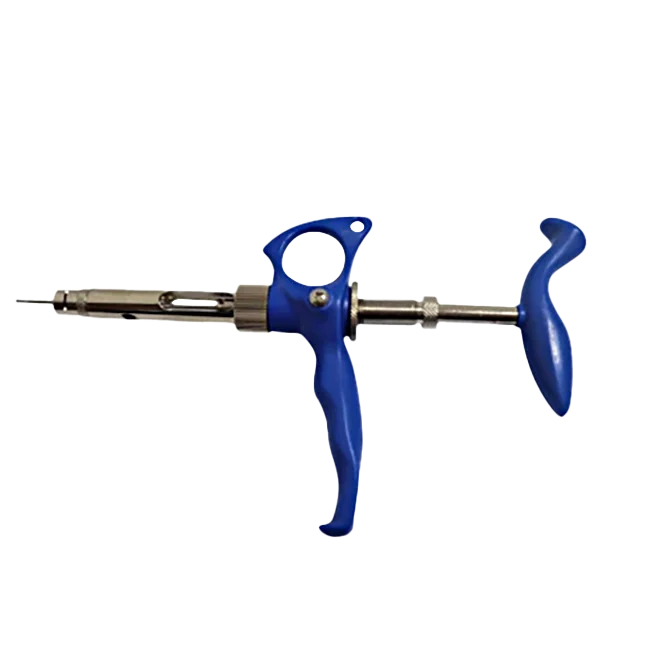
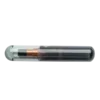
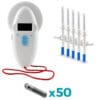
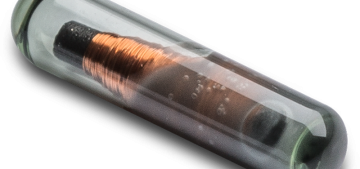
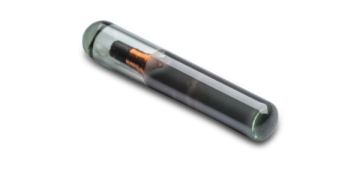
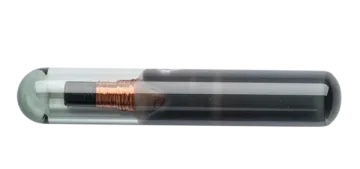

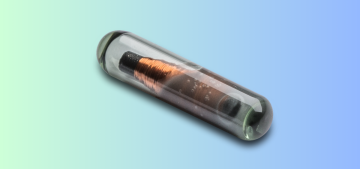
Add comment